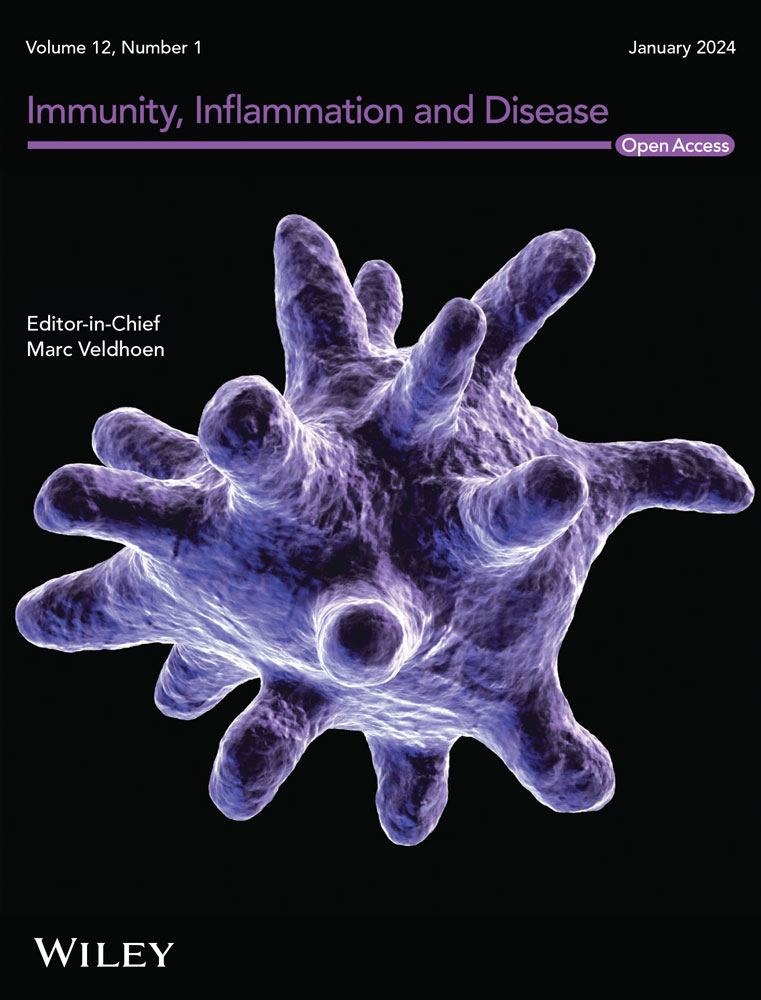Hashimoto's thyroiditis (HT) is the most common organ-specific autoimmune disease, and its etiology may be related to genetic, environmental, and epigenetic factors. However, its exact pathogenesis remains elusive.
In this study, single-cell transcriptomic sequencing and bioinformatics analysis were performed on the thyroid tissues of six HT patients, peripheral blood mononuclear cells (PBMCs) of four HT patients, and normal thyroid tissue of one healthy control. A panoramic single-cell atlas of HT was constructed to explore changes in the abundance of different cell subsets in the states of the disease.
A single-cell atlas of HT was constructed, and eight cell types were defined based on the marker genes. Subsequent clustering analysis of T cells, B cells, myeloid, and thyroid follicular cells revealed that the abundance rates of the CD8+T_CCL4L2, B_MEF2B_BCL6, Mac_APOE, Mac_IL1B, and TFC_PAX8_NKX2-1 subgroups were elevated in thyroid tissues of HT patients. However, the abundance rate of the NKT_KLRD1_KLRC2 subgroup was risen in the PBMCs of HT patients. Ig-producing plasma cells were specifically enriched in the B-cell subgroup.
The present study further validated the role of immune cells in the pathogenesis of HT at the cellular level. In addition, a new cell subset B_MEF2B_BCL6 was found. It could be speculated that MEF2B mainly transactivates the expression level of the transcriptional repressor BCL6, leading to the development of HT. A new cell subset TFC_PAX8_NKX2-1 was also identified, in which the specific transcription factors PAX8 and NKX2-1 were highly expressed in HT tissues.



